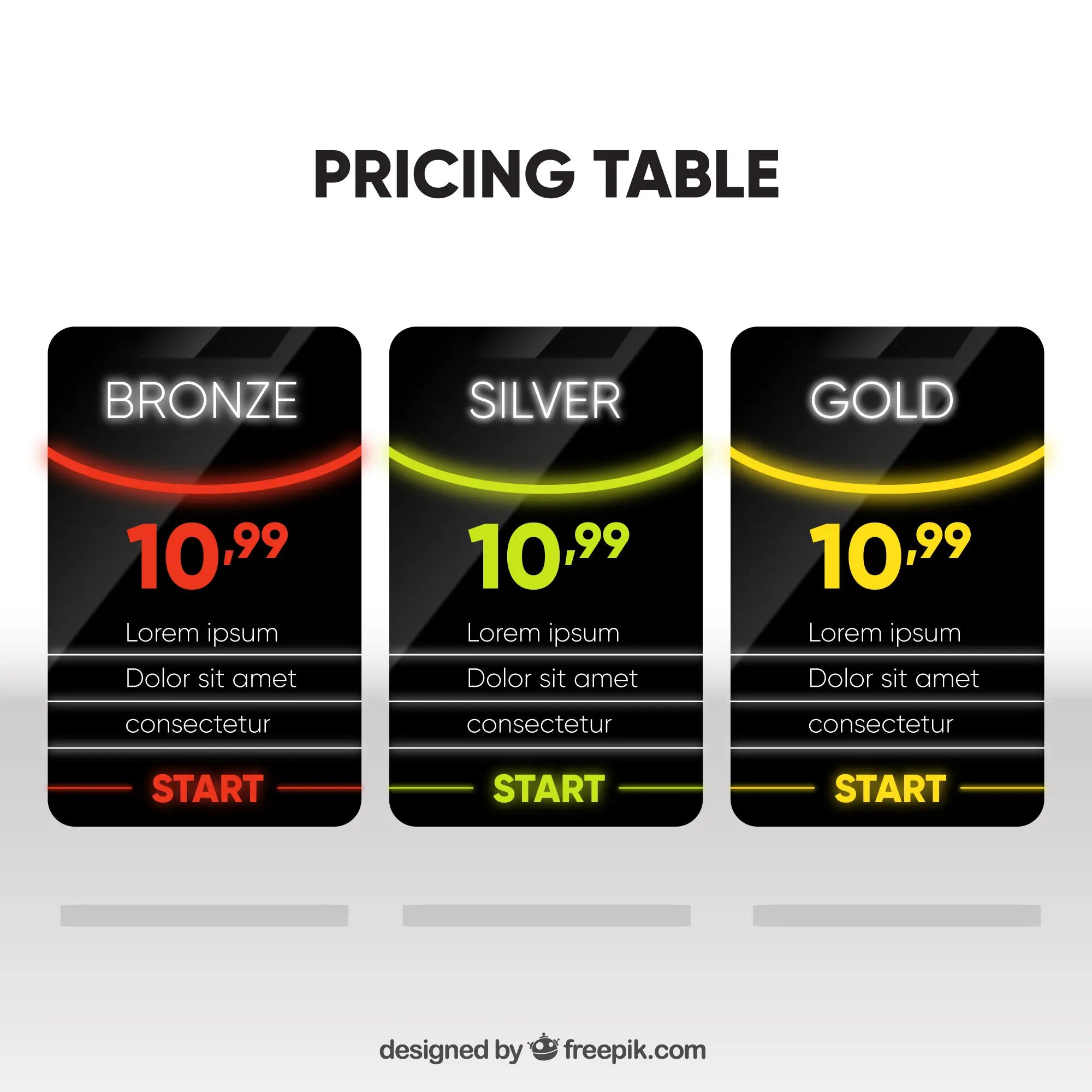Pricing your products strategically is crucial for the success of your Shopify store. It involves a delicate balance between covering costs, generating profit, and aligning with customer expectations. Here’s a simplified approach to developing a robust pricing strategy for your products:
Step 1: Calculate Your Costs
Understanding the cost of producing your products is the foundation of pricing. This includes direct costs like materials and labor, as well as indirect costs such as overheads. Knowing your total cost per product ensures that your pricing covers expenses and secures profitability.
Step 2: Conduct Market Research
Market research helps you understand the competitive landscape and the price range within which your target customers are willing to purchase. Analyzing competitors’ pricing and customer perceptions provides insights into how you can position your product in the market.
Step 3: Define Your Value Proposition
What makes your product unique? Identify and understand your product's unique selling points, whether it's superior quality, innovative features, or ethical sourcing. Your value proposition justifies your product's price point and sets it apart from competitors.
Example: If your product offers enhanced durability compared to competitors, as in Gustav’s case with a children's toy made from metal instead of plastic, you can justify a higher price point by highlighting this advantage in your marketing efforts.
Step 4: Choose Your Pricing Strategy
Cost-Plus Pricing: Adds a markup to the cost of goods. While straightforward, ensure the markup reflects both your value proposition and market standards.
Value-Based Pricing: Prices products based on perceived value rather than just costs. This approach can command higher prices if customers believe in the superior value of your products.
Competitor-Based Pricing: Adjusts your prices in response to competitors’ pricing strategies. This can be useful in highly competitive markets, but it's important to still cover costs and maintain profitability.
Step 5: Monitor and Adjust
Pricing should be dynamic. Regularly review your pricing strategy in the context of cost changes, market trends, and competitor actions. Be ready to adjust your prices to stay competitive and profitable.
Implementing Your Strategy
1. Integrate Cost Analysis: Regularly review production costs to ensure your pricing remains relevant and sustainable.
2. Stay Informed: Keep abreast of market trends and competitor pricing strategies through continuous research.
3. Engage with Your Customers: Collect feedback on pricing and perceived value to adjust your strategy where necessary.
4. Use Technology: Leverage Shopify’s analytics and other market research tools to gather data that informs your pricing strategy.
5. Be Transparent: Communicate the value customers get for their money, especially if your prices are above average. This builds trust and justifies your pricing.
By carefully considering these steps and remaining flexible, you can develop a pricing strategy that not only covers your costs and maximizes profits but also matches your target market’s expectations, enhancing your brand’s appeal and customer satisfaction.

